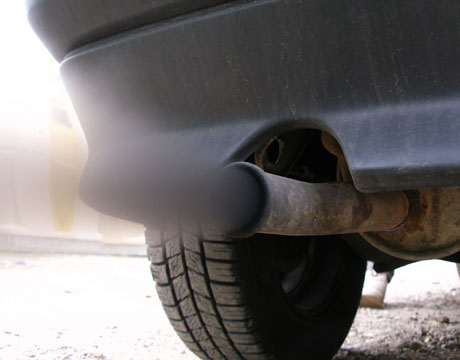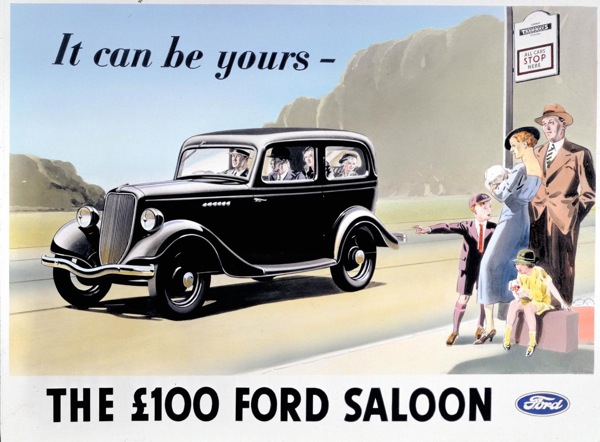On 26th January, an episode of Channel 4’s series of ‘Dispatches’ documentaries series claimed we’ve been ‘conned’ into automotively contributing towards local pollution. Is this really the case?
Traffic, as powered by the internal combustion engine, creates air pollution. It burns, ergo it pollutes, and yet ‘externalities’ such as the health and environmental impacts of fossil fuels seemingly go unregarded, or at least uncosted. I’ve blogged about this issue before but, last week, it made main prime-time television.
The premise of the Channel 4 ‘Dispatches’ programme entitled ‘The Great Car Con’ (available to view until late February) was that the general public was ‘conned’ into buying diesel cars under the premise of their ‘greenness’ and that impending environmental legislation means that those who thought they were doing the right thing may soon be penalised, something I alluded to in a blog post for the Tyndall Centre.
The main justification for diesel’s claimed environmental benefits, and one that was repeated during the programme, was that they do more miles per gallon and, therefore, they emit less carbon dioxide (CO2).
This isn’t strictly true. Diesel contains more carbon than petrol – for example, it was noted in a 2003 paper that there was 2.7kg of embedded carbon in a litre of diesel, compared to 2.4kg in petrol. However, the greater fuel economy of diesel cars does permit lower CO2 per km figures compared to petrol cars, if not a specifically lower CO2 figure per litre, something that wasn’t made clear in the programme.
It may seem pedantic, but would diesel have been thought of as clean or ‘green’ if the specific carbon content of these fuels was initially made clear to the motoring public?
Indeed, the notion or perception of diesel as ‘clean’ is incongruous, as anyone who has stood in the vicinity of a bus as it has pulled away from a bus stop will testify. CO2 aside, all fossil fuels emit a cocktail of pollutants when burned, and their differing combustion characteristics mean that diesel vehicles emit more of such pollutants as particulate matter (PM) and nitrogen dioxide (NO2) – now more recognised as life-threatening – than do petrol ones, up to 3×NO2, so the programme claimed.
One thing that the programme seemed to illustrate was the efficacy of fiscal levers – in diesel’s case, CO2/km-based VED (or ‘road tax’) bands – in changing consumer patterns; indeed, new diesel car sales recently overtook new petrol car sales.
Manipulation of the EU’s soon-to-be-replaced NEDC (New European Driving Cycle) laboratory test – something noted by European NGO Transport and Environment (T&E) – was also highlighted in the programme, and brought an interesting quote from the Society of Motor Manufacturers and Traders (SMMT), who claimed that car makers ‘can only meet the regulations’.
However, as we now know more about the health and environmental impacts of fossil-fuelled transport, and if the internal combustion engine is to remain with us for some time yet, here’s a radical idea – how about car makers meeting the science? If being seen to be green is important (and, apparently, it is), imagine what a PR coup beating legislation – rather than merely meeting legislation – would be, and not with some of the spurious manufacturers claims noted by T&E.
So were we conned into buying diesels? I think ‘conned’ is a bit strong – perhaps ‘misled’ is nearer the mark, largely because the fact that there’s more to car emissions than CO2 (a key greenhouse gas, don’t forget) was somehow overlooked. However, if ‘meeting regulations’ is really all car makers can do, then perhaps it’s time that governments, whether at national or supranational level, addressed NO2 and PM emissions as they have previously done CO2 emissions – measure it, levy it (at least in the nearer term) until it is sufficiently reduced.
One thing that is clear is that whether as a consequence of petrol’s CO2/km emissions compared to diesel, or of diesel’s NO2 and PM emissions compared to petrol, it seems we can’t have it all ways with the internal combustion engine.



